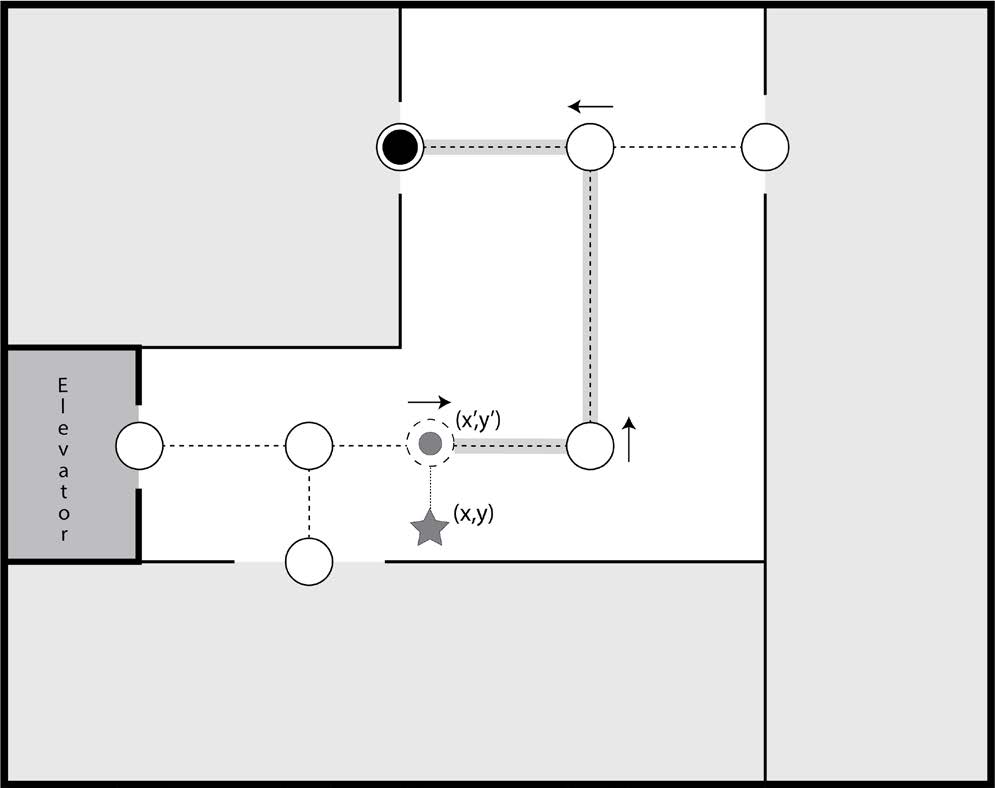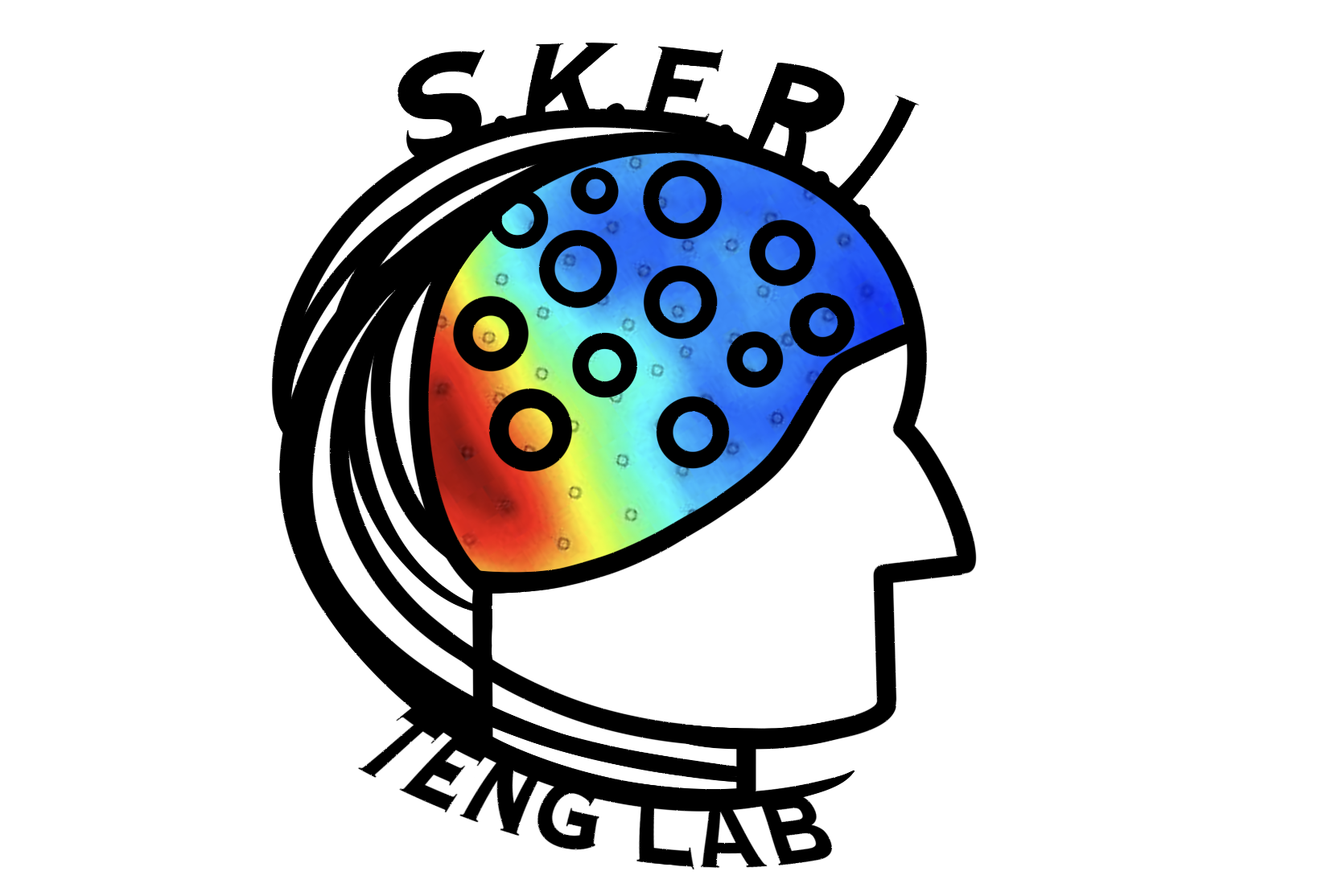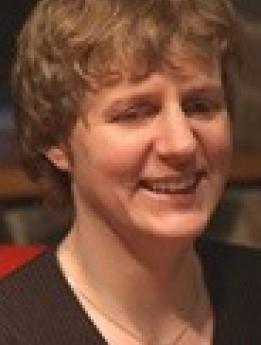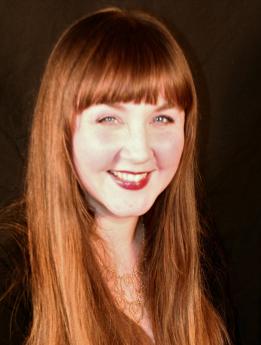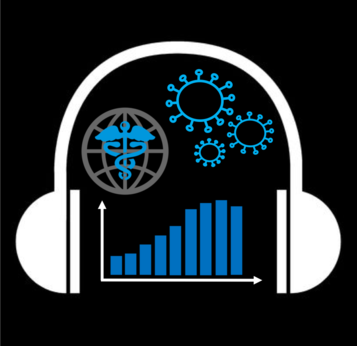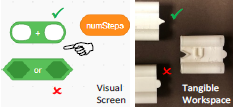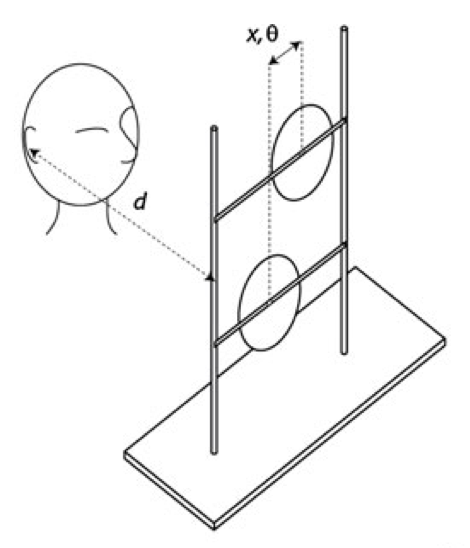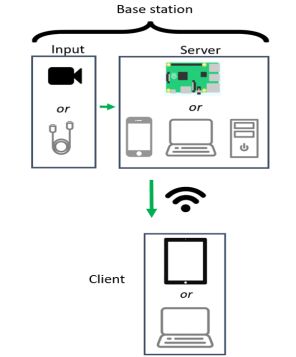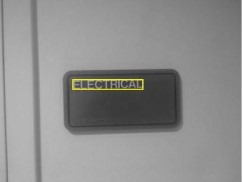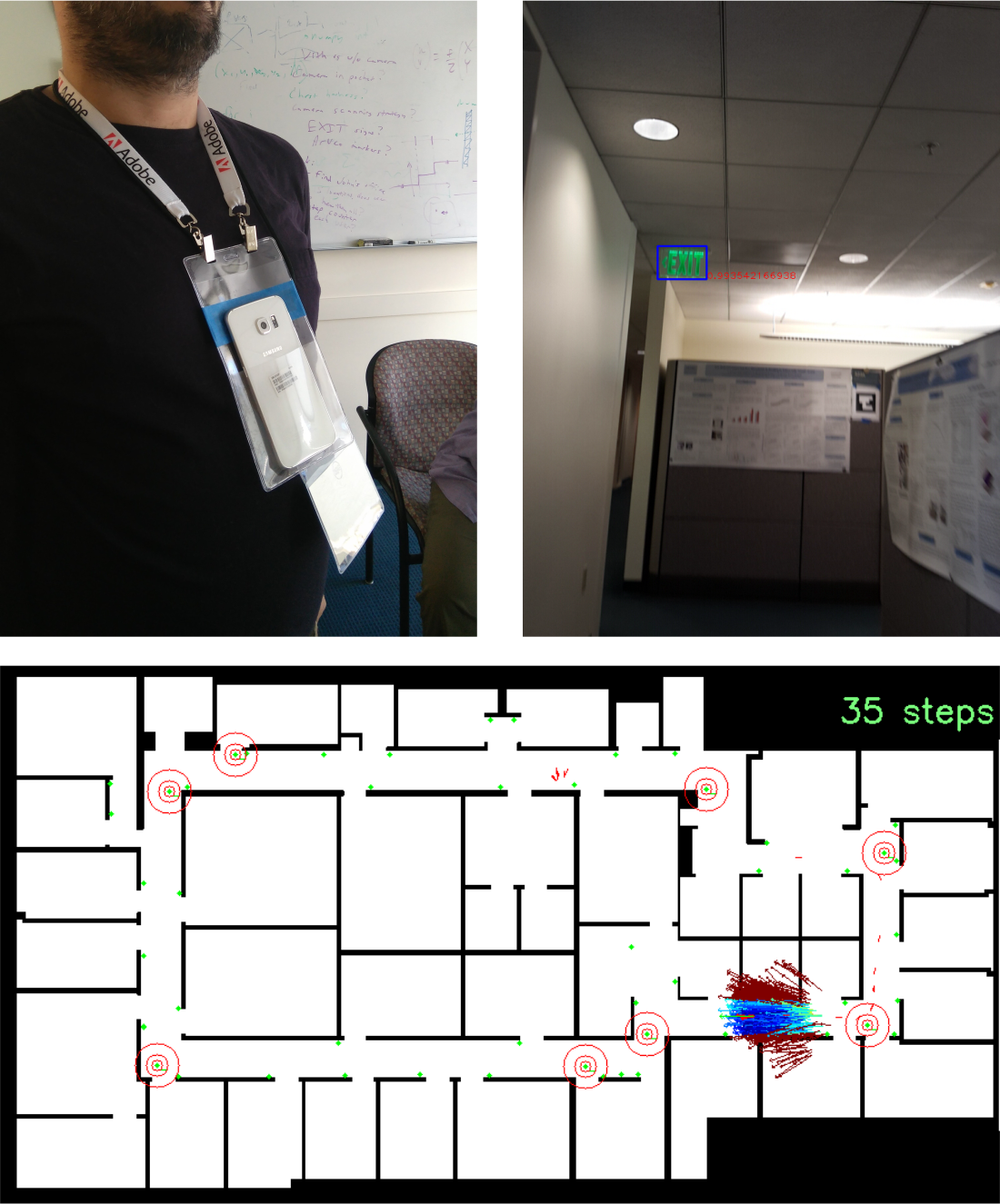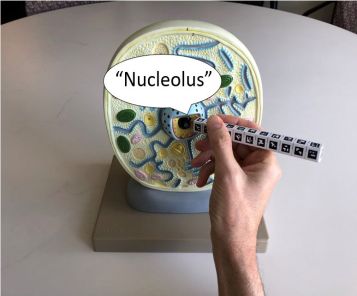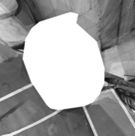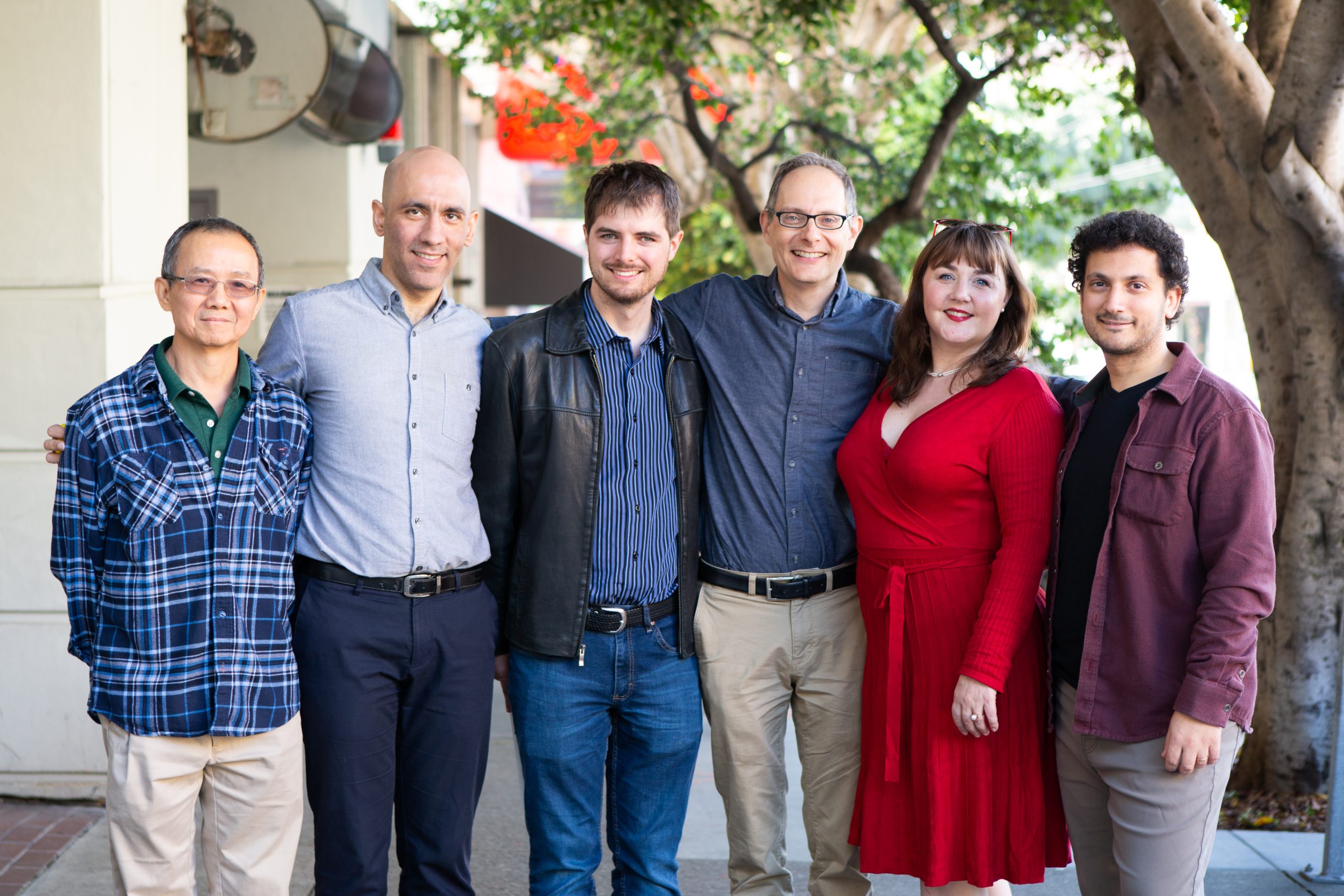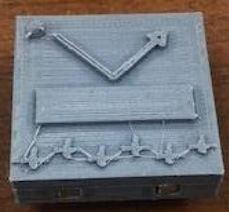Participate in our studies! Visit Teng Lab Experiment Participation for details. Welcome to the Cognition, Action, and Neural Dynamics Laboratory We aim to better understand how people perceive, interact with, and move through the world, especially when vision is unavailable. To…

Chief Technology Officer
pixofarm
Ph.D. in Computer Science, Universita' degli Studi di Genova M.S. in Computer Science, Universita' degli Studi di Napoli Federico II B.S. in Computer Science, Universita' degli Studi di Napoli Federico II
I combine my expertise in Computer Science, Computer Vision, Machine Learning and Assistive Technologies to create new technology for blind individuals to make travel, employment and education accessible. My main research focuses on developing tools to reduce accessibility barriers in the Science, Technology, Engineering and Mathematics (STEM) fields and in online media.
Links:
Mentorship Period:
July 2017 - August 2020Publications
Journal Articles
Conference Papers
Presentations/Posters
Other Publications
Collaborators
Mentors
Projects
A11Y COVID-19
COVID-19 pandemic data for screen reader users are available at covid.ski.org
t-Scratch: Tangible Programming Environment
tScratch: Tangible Programming Environment Targeted for Students who are Blind or Visually Impaired Introductory programming languages are overwhelmingly designed with sighted students in mind. Our goal is to expand and enhance scratch (https://scratch.mit.edu/ ), a block-based visual programming language and
Human Echolocation
What is echolocation? Sometimes, the surrounding world is too dark and silent for typical vision and hearing. This is true in deep caves, for example, or in murky water where little light penetrates. Animals living in these environments often have
ZoomBoard: an Affordable, Portable System to Improve Access to Presentations and Lecture Notes for Low Vision Viewers
The goal of the project is to develop a “ZoomBoard” system that students with low vision can use to better access visual material on a whiteboard or blackboard. The prototype version of the system that we plan to develop in
Sign Finder
This project seeks to develop a computer vision-based system that allows a visually impaired traveler to find and read informational signs, such as signs labeling office doors, streets, restrooms and Exit signs. Link open source code
A Computer Vision-Based Indoor Wayfinding Tool
The ability to navigate safely and confidently is a fundamental requirement for independent travel and access to many settings such as work, school, shopping, transit and healthcare. Navigation is particularly challenging for people with visual impairments, who have limited ability
Tactile Graphics Helper (TGH)
Tactile graphics use raised lines, textures, and elevations to provide individuals with visual impairments access to graphical materials through touch. Tactile graphics are particularly important for students in science, technology, engineering, and mathematics (STEM) fields, where educational content is often
Display Reader
The goal of the Display Reader project is to develop a computer vision system that runs on smartphones and tablets to enable blind and visually impaired persons to read appliance displays. Such displays are found on an increasing array of
Crosswatch
Crosswatch is a smartphone-based system developed for providing real-time guidance to blind and visually impaired travelers at traffic intersections. Using the smartphone’s built-in camera and other sensors, Crosswatch is designed to tell blind and visually impaired travelers what kind of


